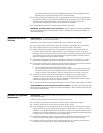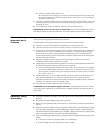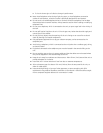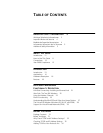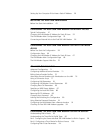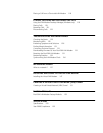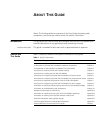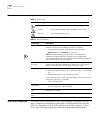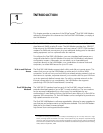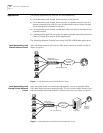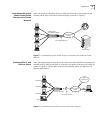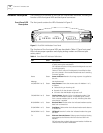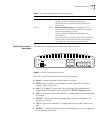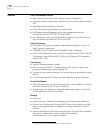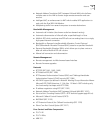
12 ABOUT THIS GUIDE
Conventions Table 2 and Table 3 list conventions that are used throughout this guide.
Year 2000 Compliance The OfficeConnect LAN Modem is Year 2000 compliant. Specifically, its system
clock is capable of accepting and storing dates including and beyond the year
2000. For information on Year 2000 compliance and 3Com products, visit the
3Com Year 2000 web page:
http://www.3com.com/products/yr2000.html.
Table 2 Notice Icons
Icon Notice Type Alerts you to...
Information note Important features or instructions
Caution Risk of personal safety, system damage, or loss of data
Warning Risk of severe personal injury
Table 3 Text Conventions
Convention Description
Commands The word “command” means you must enter the command exactly as
shown in text and press the Return or Enter key. Example:
To remove the IP address, enter the following command:
SETDefault!0 -IP NETaddr = 0.0.0.0
NOTE: This guide always gives the full form of a command in
uppercase and lowercase letters. However, you can abbreviate
commands by entering only the uppercase letters and the appropriate
value. Commands are not case-sensitive.
The words “enter”
and “type”
When you see the word “enter” in this guide, you must type
something and then press the Return or Enter key. Do not press the
Return or Enter key when an instruction simply says “type.”
[Key] names Key names appear in text in one of two ways:
■ Referred to by their labels, such as “the Return key” or “the Escape
key”
■ Written with brackets, such as [Return] or [Esc].
If you must press two or more keys simultaneously, the key names are
linked with a plus sign (+). Example:
Press [Ctrl]+[Alt]+[Del].
Menu commands
and buttons
Menu commands or button names appear in italics. Example:
From the Help menu, select Contents.
Words in italicized
type
Italics emphasize a point or denote new terms at the place where they
are defined in the text.
Words in bold-face
type
Bold text denotes key features.



